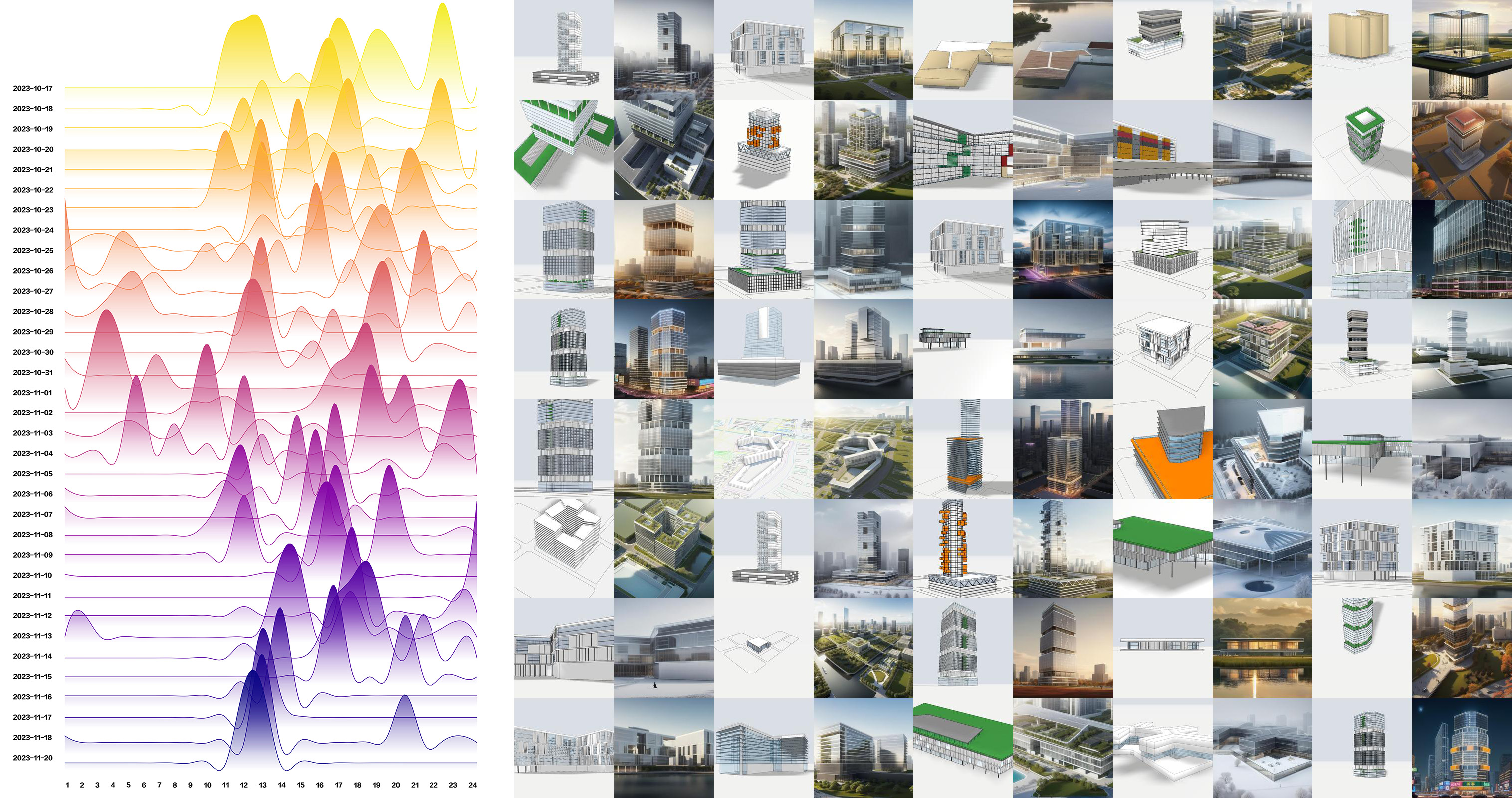SIMForms: A Web-Based Generative Application Fusing Forms, Metrics and Visuals for Early-Stage Design
Abstract
At the current moment when digital technology is gradually spreading, various generative design methods and the rapid iteration of AI models have exceeded public expectations. Nevertheless, in the early stages of architectural design, there are still numerous challenges in connecting forms, metrics, and visuals. When facing conceptual design, designers often need to strike a balance between the visual effects of form and quantitative metrics, lacking an efficient tool to quickly control different design choices and obtain comprehensive feedback. To address this issue, this paper introduces SIMForms, a web-based application aimed at fusing architectural forms, quantitative metrics, and visualization. SIMForms integrates rule-based parametric modelling, metric computation and feedback, along with AI-assisted conceptual image generation. Through SIMForms, designers can generate diverse architectural forms with simple operations in the early design stages, obtaining crucial quantitative metrics and conceptual image as feedback. This multi-module integrated application not only provides a more intuitive and efficient tool for the design process but also offers concept innovation and guidance for designers, driving further development in digital design tools.
Keywords
Early-stage Architectural Design, Web-based Application, Metrics Feedback, Rule-based Modelling, Conceptual Image Generation





